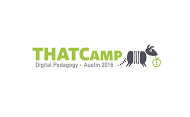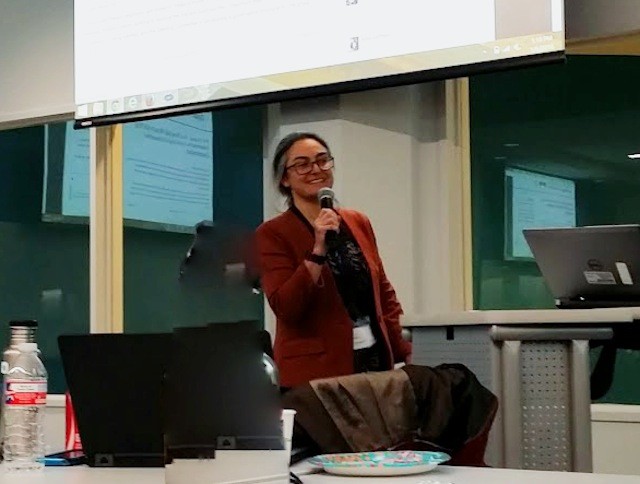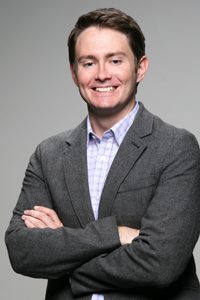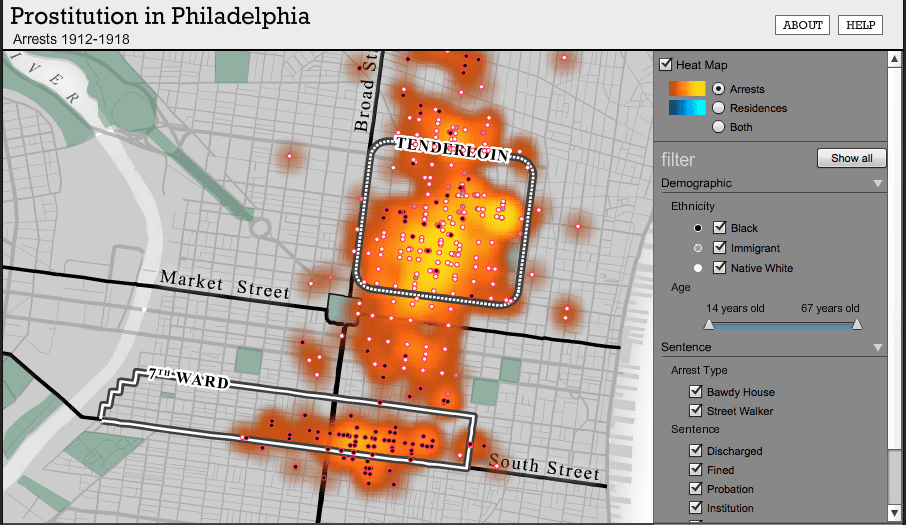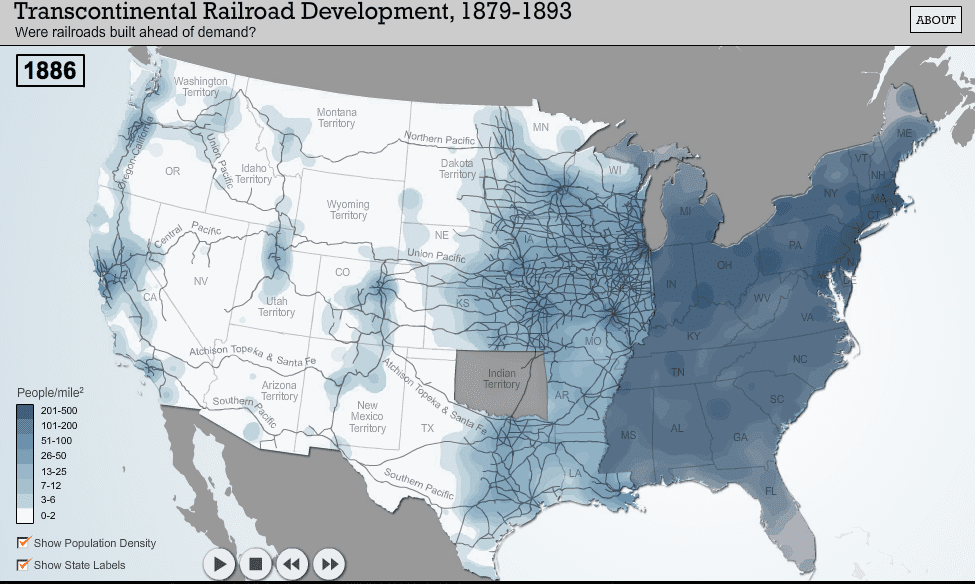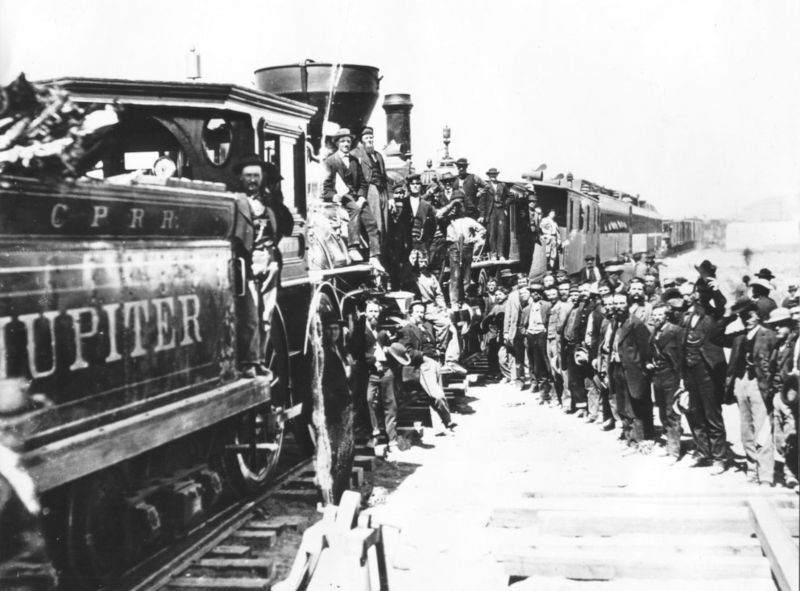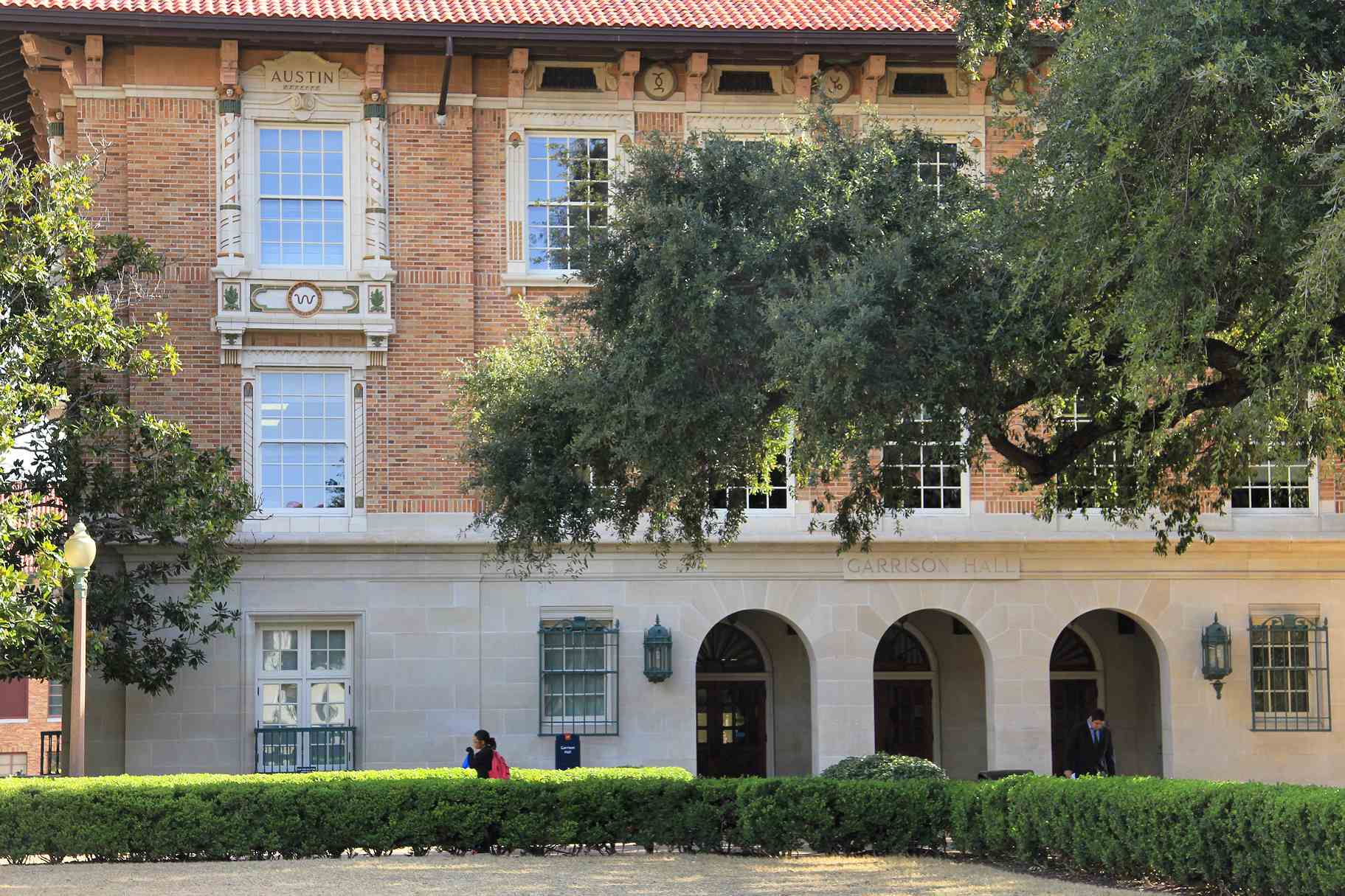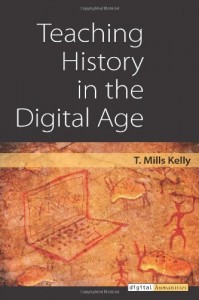By Robert Olwell
Last spring, I divided the students enrolled in my course on the “Era of the American Revolution” into groups of four and assigned each group the task of researching, writing, and then producing a four-five minute “video essay.” (For more on the video essay form see “Show & Tell: The Video Essay as History Assignment.”)
I called the project “A Revolting People” playing off a line from the Marx Brothers’ film “Duck Soup.” Someone tells Groucho that the “peasants are revolting!” and he replies, “They certainly are, and they’re rebelling too.”
Each group was given the name of a lesser-known participant in the events of the American Revolution. My teaching assistants, Ms. Signe Fourmy and Ms. Jeanne Kaba, and I sat together and watched all of the thirty-three video essays that were submitted. We were pleased with the quality of research and creativity that most of the student groups achieved.
Now, in the spirit of this summer’s Olympics, I would like to present (with the permission of the students producers) the three video essays that we deemed to be worthy of the “gold,” “silver,” and “bronze” medals.
Bronze Medal
Topic: Jemima Wilkinson
Produced by: Nancy Trinh, Rebecca Swan, Noah Villabos, Albert Zhao
[jwplayer player=”2″ mediaid=”13834″]
Silver Medal
Topic: George Robert Twelves Hewes
Produced by: Emma Meyer, Garret Mireles, Letitia Olariu, Nikole Pena
[jwplayer player=”2″ mediaid=”13837″]
Gold Medal
Topic: John Laurens
Produced by: Jordan Gamboa, Logan Green, Nicholas Klesmith, Alexandria Lyons
[jwplayer player=”2″ mediaid=”13836″]
